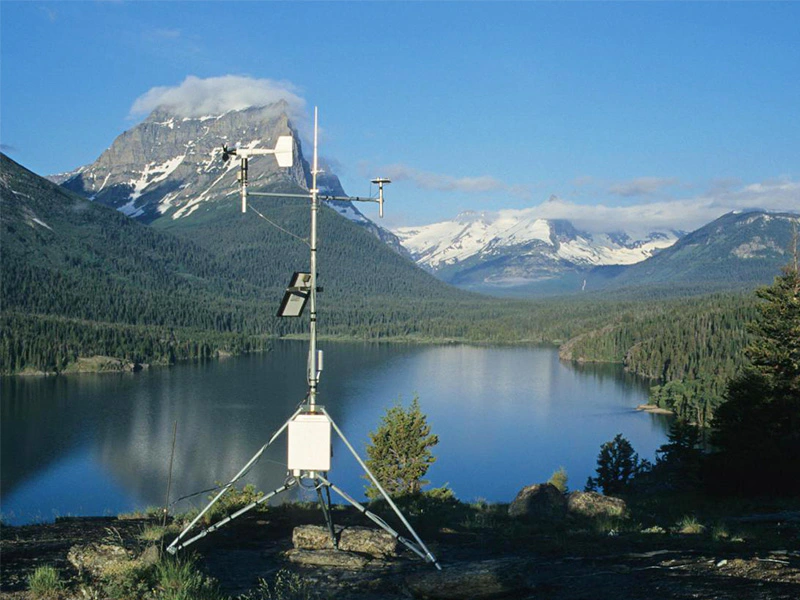
# Meteorological Station: Definition and Functions
## What is a Meteorological Station?
A meteorological station, also known as a weather station, is a facility equipped with instruments and sensors designed to measure and record various atmospheric conditions. These stations play a crucial role in weather forecasting, climate research, and environmental monitoring by collecting data on temperature, humidity, wind speed and direction, atmospheric pressure, precipitation, and other weather-related parameters.
## Key Components of a Meteorological Station
### 1. Temperature Measurement
Meteorological stations typically use thermometers or electronic temperature sensors to measure air temperature. These instruments are usually housed in a ventilated white box called a Stevenson screen to protect them from direct sunlight and precipitation while allowing air to circulate freely.
### 2. Humidity Sensors
Hygrometers measure relative humidity, which is the amount of water vapor present in the air compared to the maximum amount the air could hold at that temperature. Modern stations often use capacitive or resistive electronic sensors for this purpose.
### 3. Wind Measurement
Anemometers measure wind speed, while wind vanes determine wind direction. These instruments are typically mounted on a mast at a standard height of 10 meters above ground level to ensure consistent measurements.
### 4. Precipitation Gauges
Rain gauges collect and measure the amount of liquid precipitation over a set period. More sophisticated stations may also measure snowfall and hail using specialized instruments.
### 5. Atmospheric Pressure Sensors
Barometers measure atmospheric pressure, which is crucial for weather forecasting as changes in pressure often indicate approaching weather systems.
## Types of Meteorological Stations
### Automatic Weather Stations (AWS)
These are fully automated stations that collect data without human intervention. They can be powered by solar panels and transmit data via satellite or cellular networks, making them ideal for remote locations.
### Synoptic Stations
These stations provide comprehensive weather observations at standard times (usually every hour) and are part of a global network for weather forecasting.
### Agricultural Weather Stations
Specialized stations designed to monitor conditions relevant to farming, such as soil temperature and moisture at different depths, leaf wetness, and evaporation rates.
## Functions and Importance of Meteorological Stations
### Weather Forecasting
The primary function of meteorological stations is to provide data for weather forecasting. By analyzing data from multiple stations, meteorologists can predict weather patterns and issue warnings for severe weather events.
### Climate Monitoring
Long-term data collected by weather stations helps scientists understand climate patterns, detect climate change, and develop climate models.
### Aviation Safety
Airports maintain meteorological stations to provide pilots with current weather conditions essential for safe takeoffs and landings.
### Agricultural Planning
Farmers use weather station data to make decisions about planting, irrigation, and harvesting, helping to optimize crop yields.
### Disaster Preparedness
Early warning systems for natural disasters like hurricanes, tornadoes, and floods rely on data from meteorological stations to save lives and property.
## Conclusion
Meteorological stations serve as the backbone of weather observation systems worldwide. From simple manual stations to sophisticated automated networks, these facilities provide the essential data that powers weather forecasts, climate research, and numerous applications that affect our daily lives. As technology advances, meteorological stations continue to become more accurate, reliable, and capable of monitoring an ever-expanding range of atmospheric parameters.
Keyword: what is meteorological station